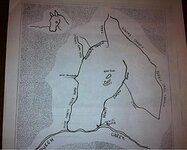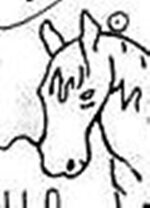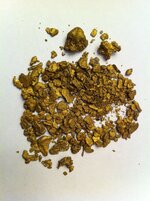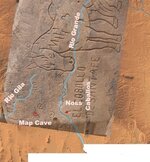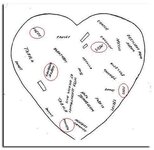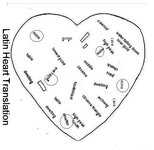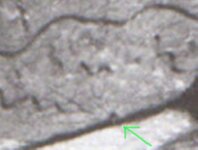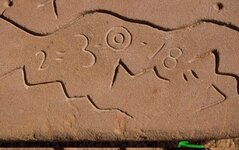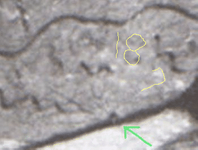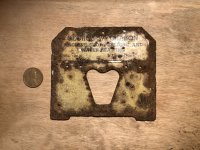deducer
Bronze Member
- Jan 7, 2014
- 2,282
- 4,365
- Primary Interest:
- Other
View attachment 1030791
Easy to dismiss but in reality a important clue. The quad horse outlines the area the Tumilsons searched. There is a reason why they searched this area.
Why is the tail missing?


